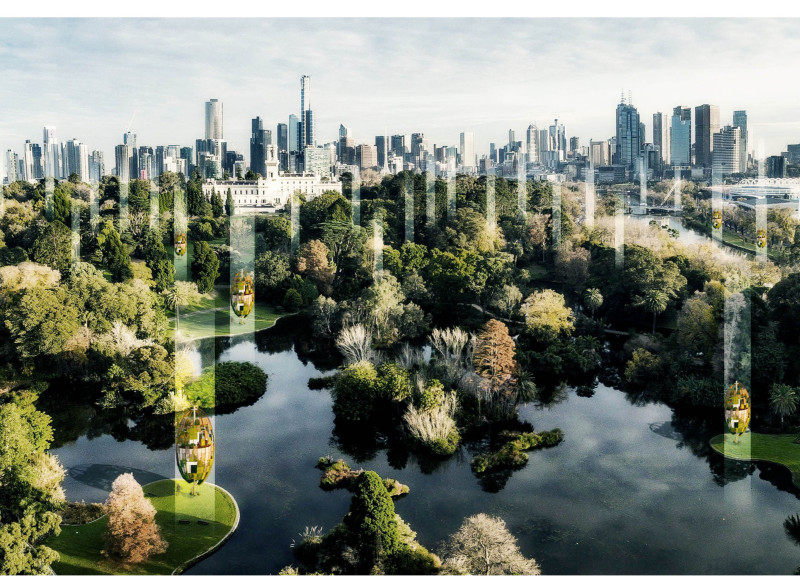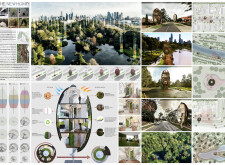5 key facts about this project
Unique Design Approaches and Community Integration
What sets The New Humpy apart from conventional residential developments is its emphasis on community connectivity and environmental sustainability. The project features a mix of private living spaces and shared communal areas, such as gardens and recreational spaces, which facilitate social interaction among residents. The use of organic, oval forms for the building structures not only enhances aesthetic appeal but also allows for flexible interior configurations that can adapt to varying resident needs.
Sustainable material choices further distinguish this project. The incorporation of recycled wood for structural elements, coupled with advanced glass technologies for natural lighting, reduces energy consumption and minimizes environmental impact. Additionally, the integration of green roofs and walls supports biodiversity while enhancing the thermal performance of the buildings. These unique design elements collectively create an environment that aligns with contemporary sustainable practices.
Architectural Framework and Layout
The architectural layout of The New Humpy exemplifies a careful balance of individuality and communal living. Each residential unit is designed with an open-plan format, maximizing natural light and ventilation. The placement of private and shared spaces is intentional, fostering a sense of belonging among residents while ensuring that each unit retains its privacy.
Key architectural features include the use of perforated wood mesh for ventilation and privacy, green mesh for added insulation, and rainwater harvesting systems aimed at promoting eco-friendly practices among residents. The landscaping integrates native flora, further promoting ecological sustainability and connecting residents to the local environment.
This detailed analysis highlights the fundamental aspects of The New Humpy as a prospective model for future residential projects. For an in-depth understanding, explore the architectural plans, sections, and designs that contribute to this innovative approach to urban living. Review these elements to gain deeper insights into the architectural ideas that drive the design of this unique project.























